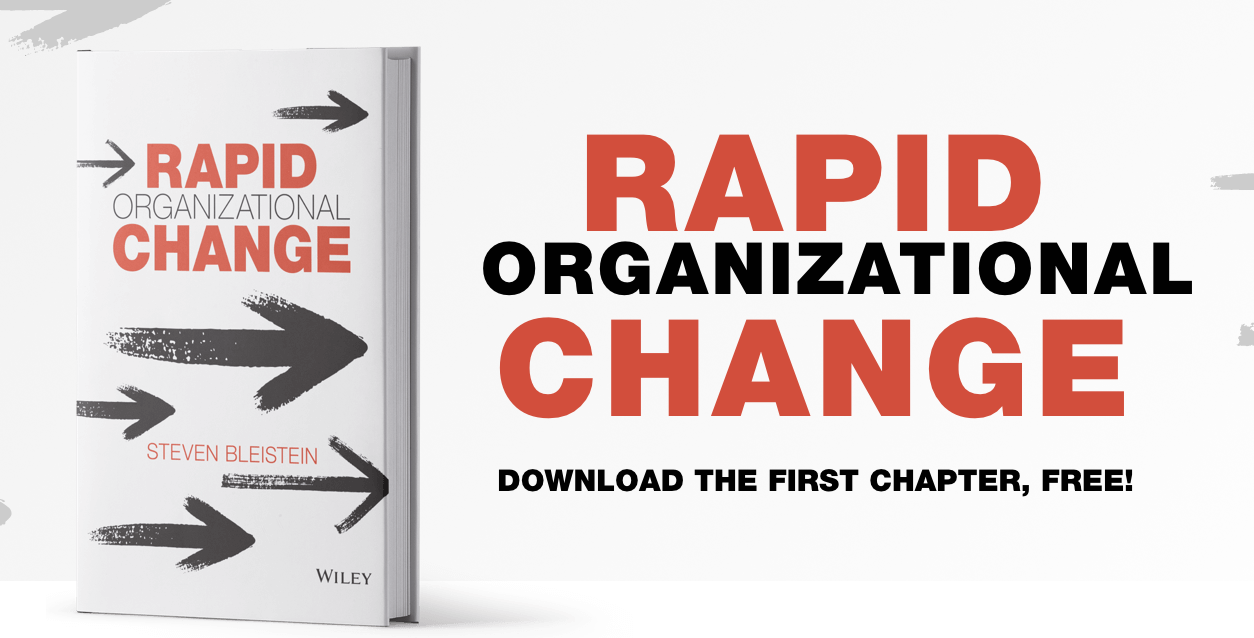Engagement surveys mask both organizational dysfunction and organizational health. If you are using their results to make decisions, you are at risk of making the wrong ones.
I define employee engagement as the commitment of an employee to his or her company’s business beyond the rudimentary requirements of their job because of the opportunity for personal growth. It has become standard practice in many companies around the world to gauge the degree of “employee engagement” in their organizations with stock surveys. Yet, it is not a high degree of employee engagement that matters most to your business, but rather a high degree of engagement among the employees who matter the most to your business.
Who are these employees? They are the excellent ones that you want to retain and are representative of the kinds of employees you want to attract. Their engagement is essential. A more useful metric would be the level of engagement of these employees. I have yet to encounter such a weighted survey. Engagement surveys treat every employee as equal, and I suspect the one used in your company does too.
I know a company that has a high-level engagement in surveys, but commitment beyond the rudimentary requirements of the job overall is, in fact, lackluster—even though the employees overall view themselves as going above and beyond. The company offers exceptional opportunities for personal growth to all employees—like nine-months paid leave to study English in the US, a fully paid MBA for managers who express interest, and a myriad of other personal development support programs. Although the employees appreciate the offers, only a few ever take advantage of them.
While the company’s business results are okay, the company chronically underperforms. The best employees consistently express frustration with the tolerance for mediocrity. Attrition rates of the best are unusually high, whereas the general attrition rate tracked by HR indicates no problem. Talk with managers who have lost the stars on their staff, however, and you will feel their pain!
In the same way, high scores of engagement can mask organizational dysfunction and low scores of engagement can mask organizational health. I know a company that has performed well in business and shown high degrees of employee engagement in past surveys, but underwent some strategic change that was truly in the best interest of the business. The employee engagement score dropped that year, as is often the case when a business undertakes deliberate change, as people experience uncertainty or otherwise feel the business is changing into something they did not sign up for. Usually, the drop is only temporary.
Yet, for this particular business, part of the CEO’s remuneration is tied to the annual engagement survey results—an idea so terrible I don’t even know where to begin! The CEO was penalized for doing exactly what needed to be done, whereas had he compromised the business’s objectives and maintained the engagement scores, he would have been rewarded!
The most successful business leaders I know don’t use a survey to gauge employee engagement, and they don’t need to. Share on X Below is what they do.
1. They walk the floor. Go out among your employees without an escort. Do people greet you and smile, or do they avert their gaze? Do people talk to you? Do people respond to you with ideas when you ask their opinions? Do people seem to enjoy their jobs? Do managers introduce you to their staff, or do they try to keep staff at a distance? Is there a buzz in the business, or do you feel like you are walking through the reading room of a library?
2. They call their customers. Don’t rely on your staff to tell you how customers feel about your business. Call them yourself. Do they take your call or call you back? Do they tell you candidly about what you do that helps and what they would like to see changed? Do they praise your employees and tell anecdotes of times they appreciated the support, or are they politely silent? Do they vent their complaints?
3. They mystery call their own switchboard and ask for themselves. Are you reachable, or are you blocked by a myriad of gatekeepers in your staff? If you ask for a callback, does one ever come even from a mid-level manager? Do you ever get the message? Does your call at least get put through to your office in case the call is important or do other people decide for you who gets through and who doesn’t based on their own biases or fears?
4. They ask the managers about the retention rate of their best people. Forget about general retention rates. Retention rates among the mediocre are always high. Mediocre people will stick with you forever because they constantly worry about not being able to find another job. The excellent are never worried about not finding other work and will quit without compunction when they feel the opportunity for personal growth is too limited with your company. Are your managers losing the best on their staff? If they are, why?
If you lead an operation in a global business, you likely have little say in the use of employee engagement surveys. So tolerate them if you must. Use them for what they are worth with your eyes wide open. Take their results with a generous helping of salt, but gauge employee engagement for yourself. The most successful leaders I know recognize true engagement when they see it. Only you can walk your own floor.



